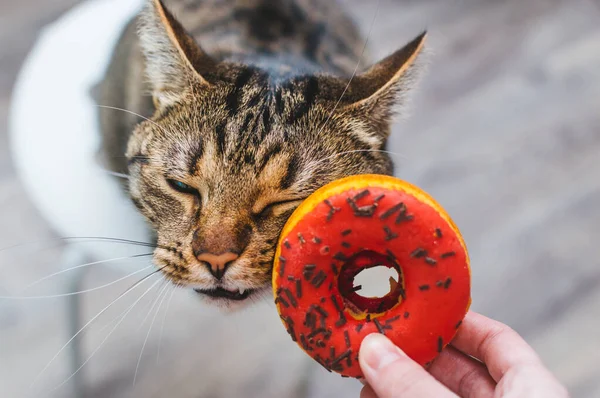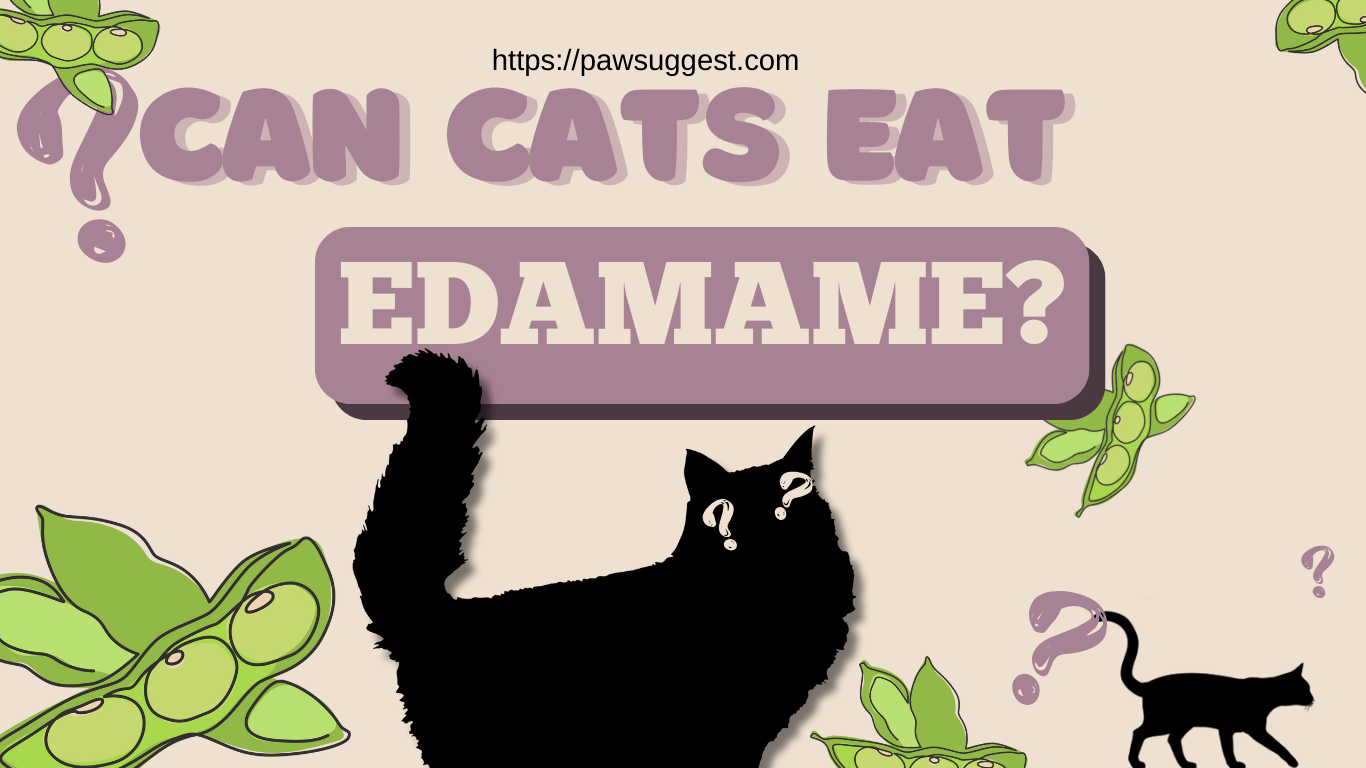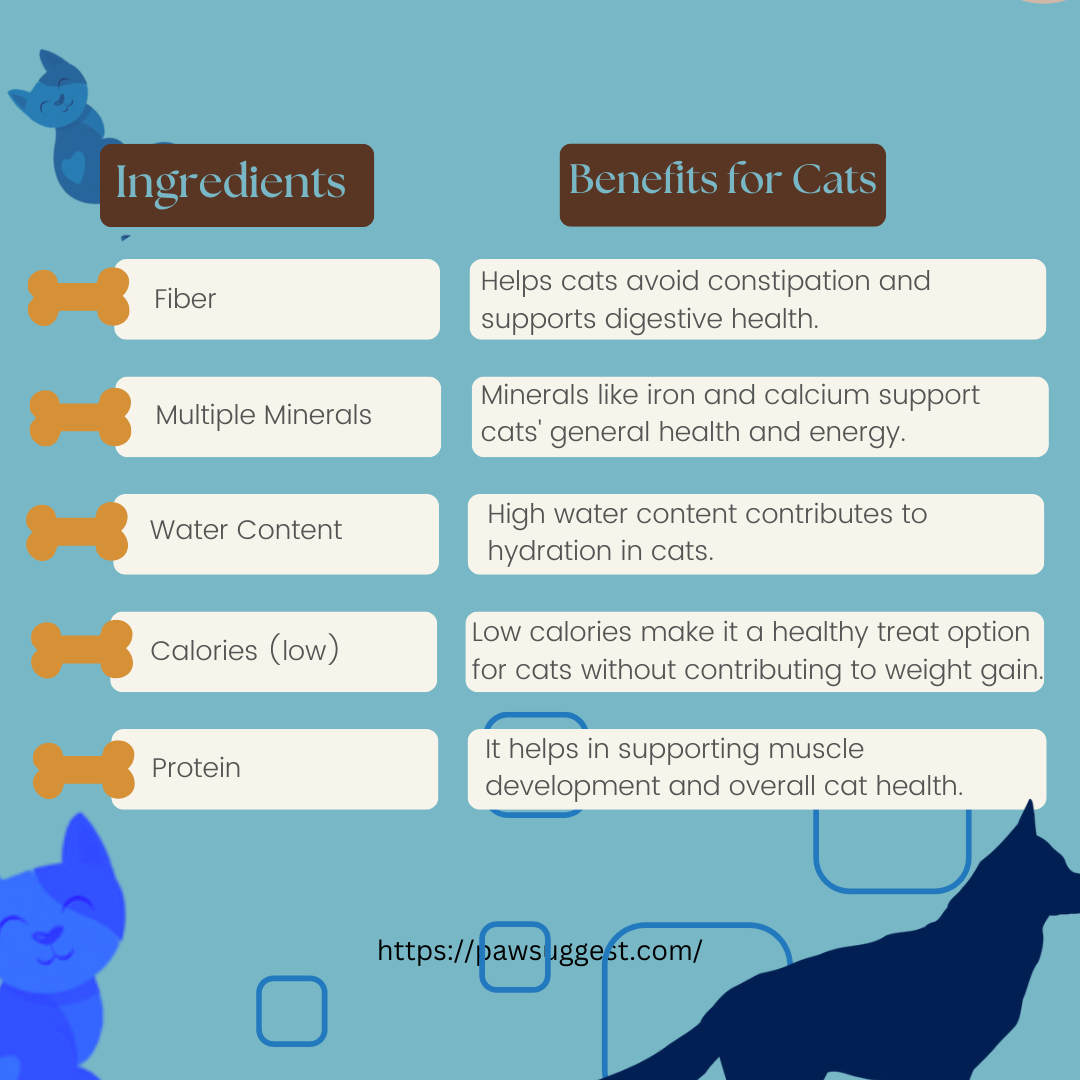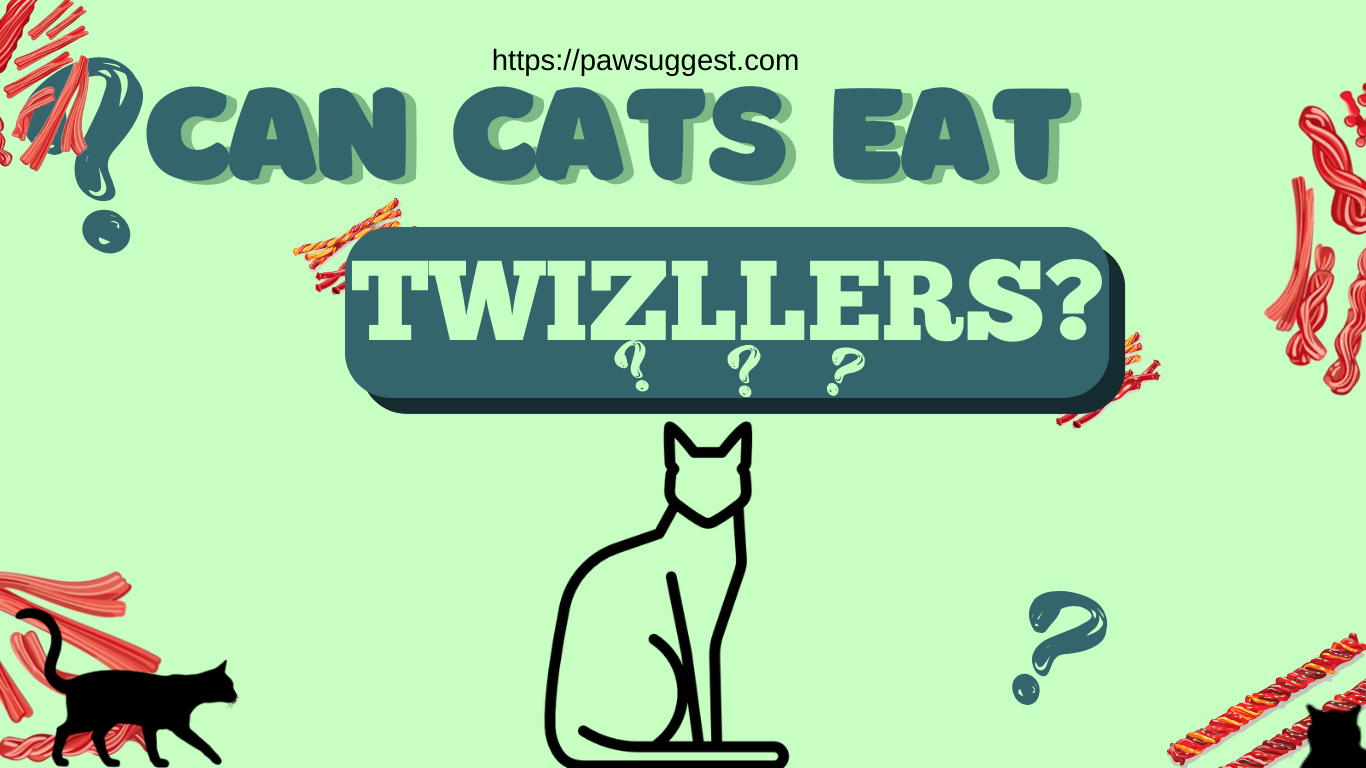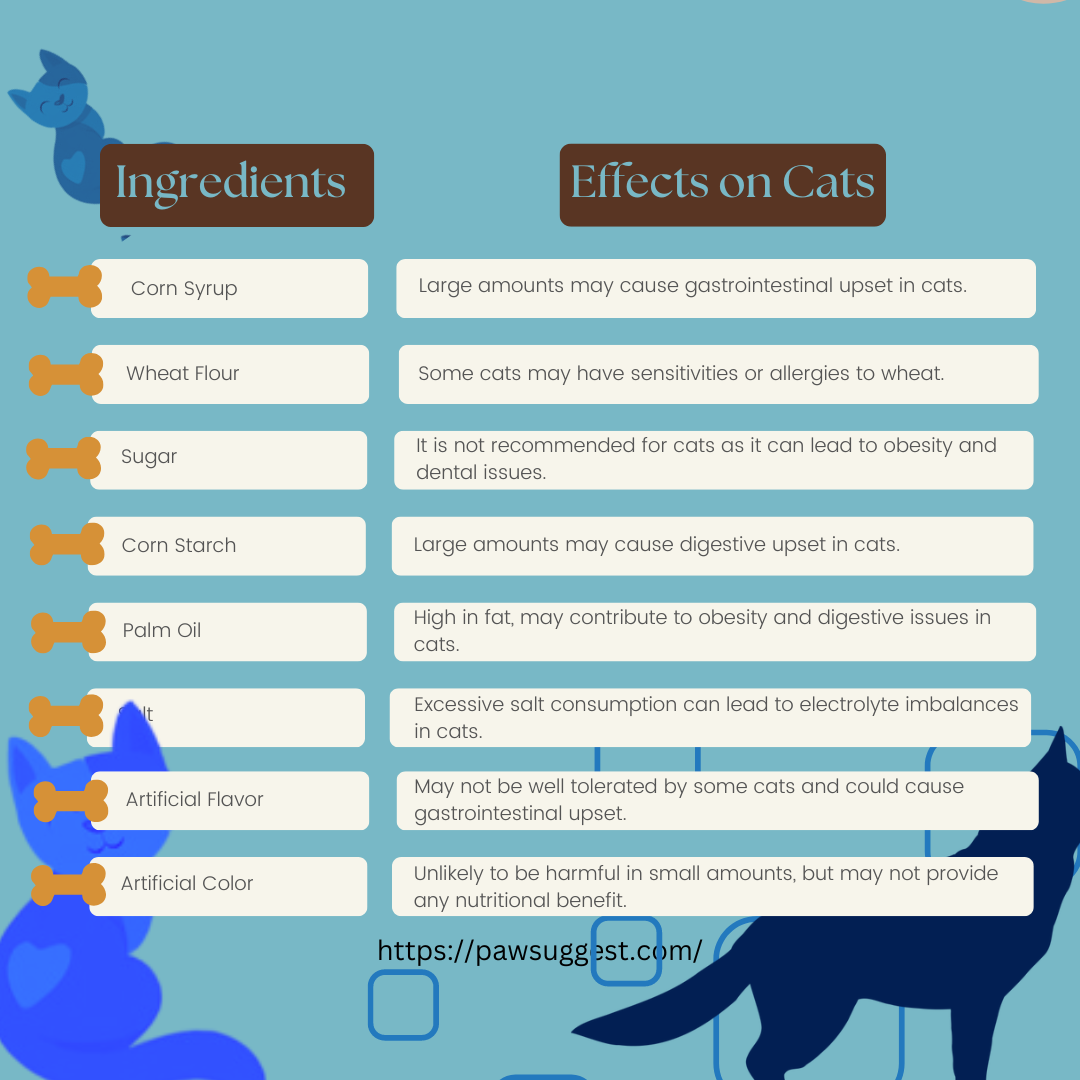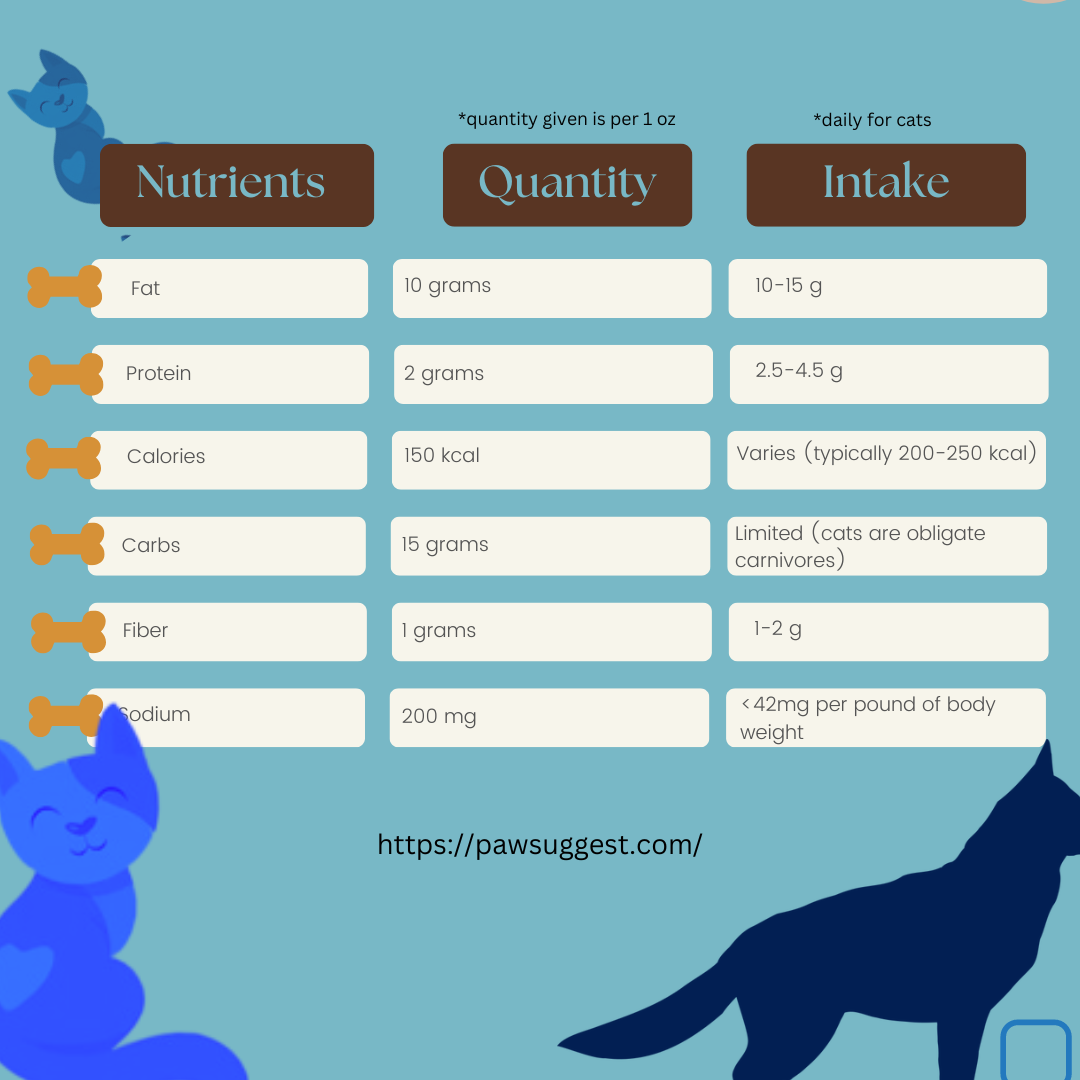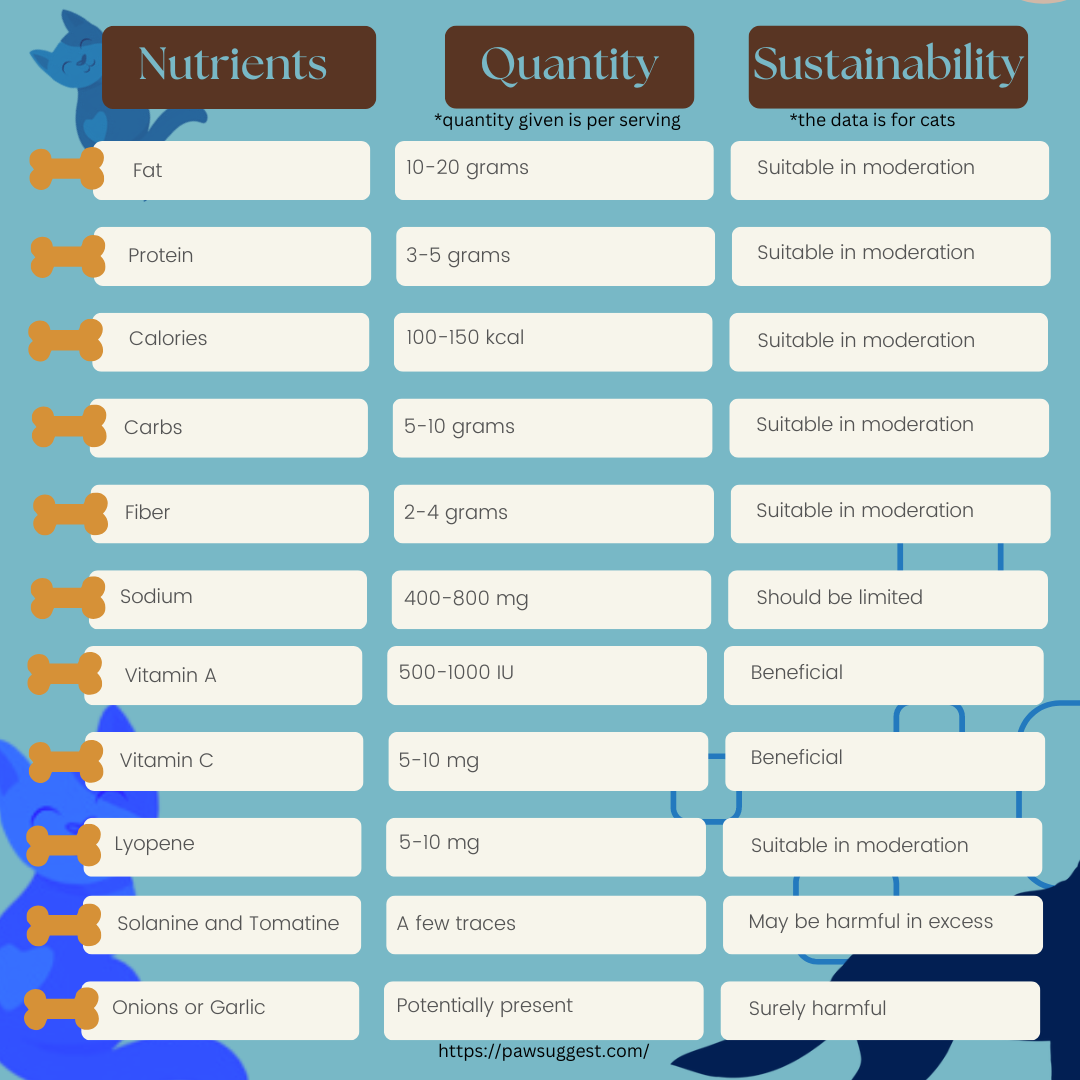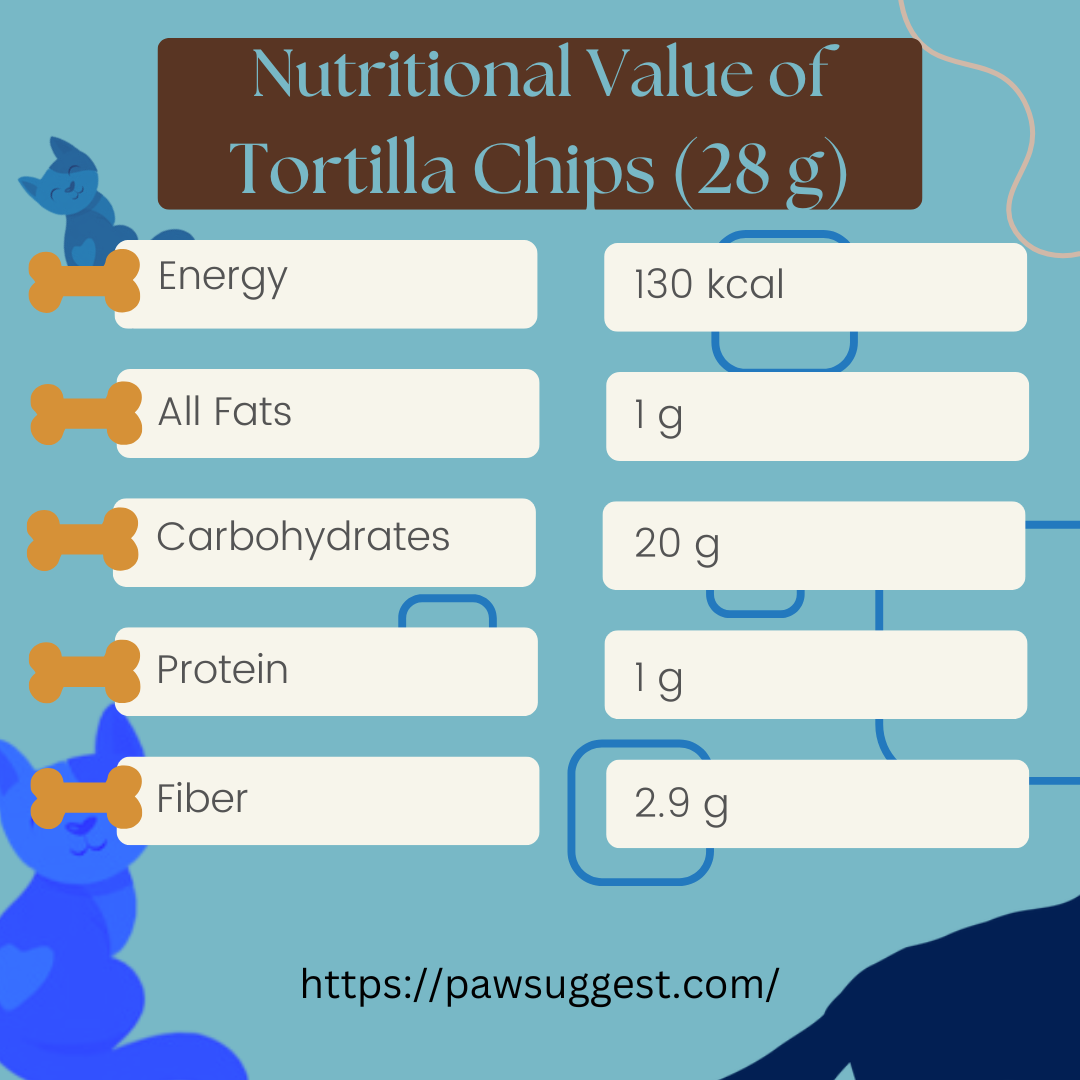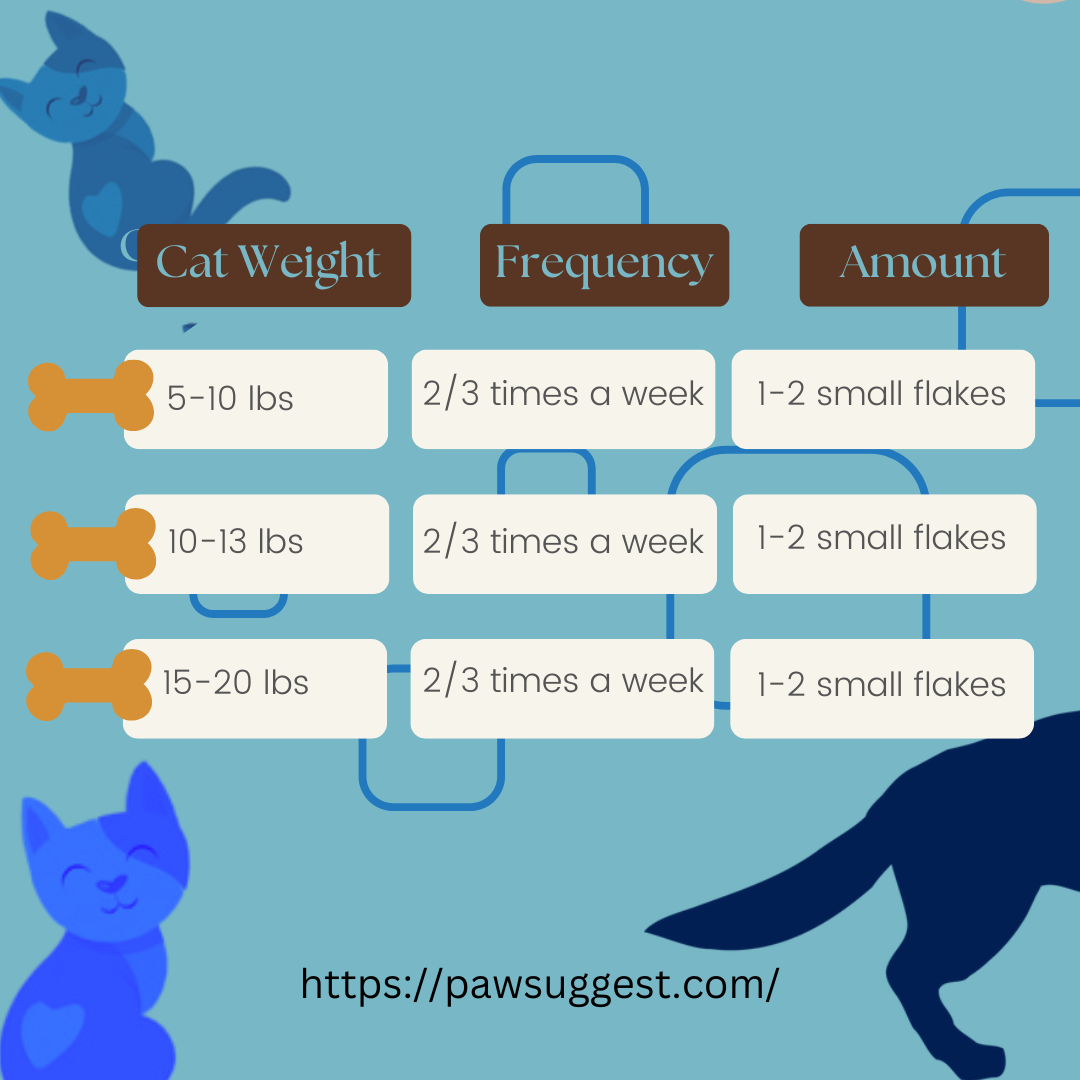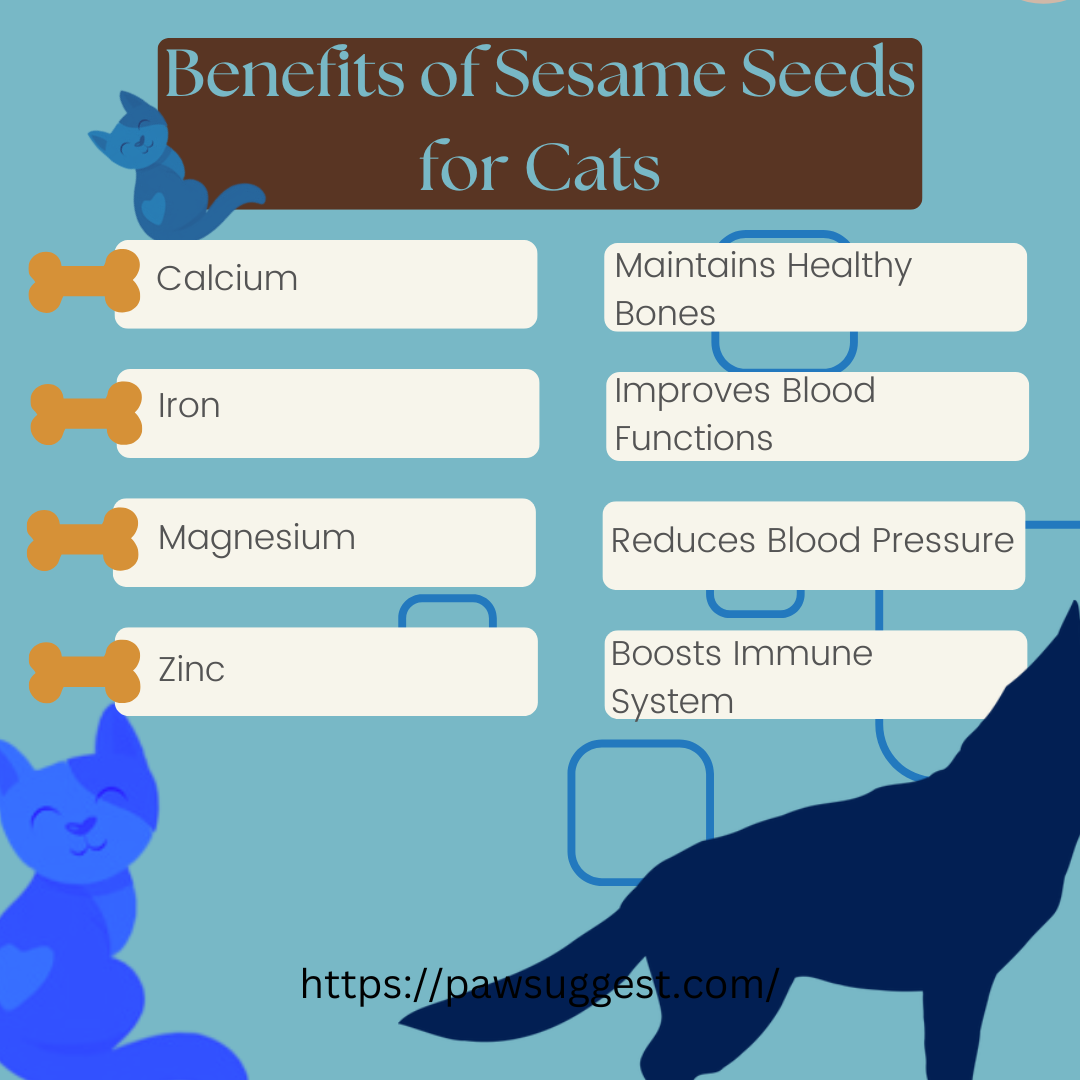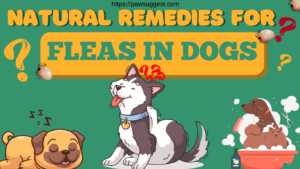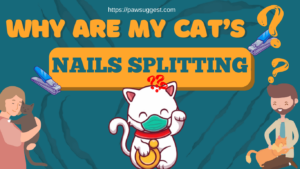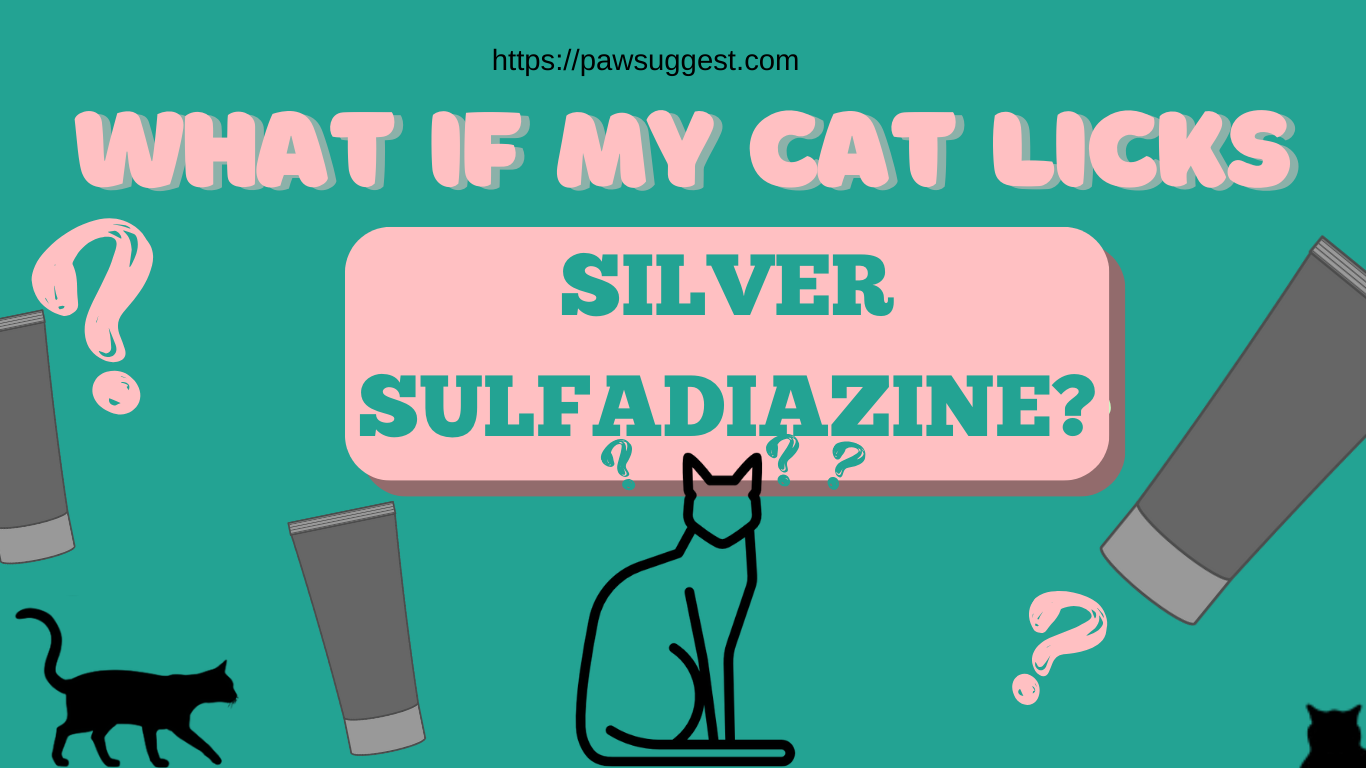
You’re applying silver sulfadiazine cream to a wound and find your curious cat giving it a lick.
Panic sets in. What now?
The topical ointment silver sulfadiazine is frequently used to heal burns and wounds in people. You wonder:
What if my cat licks silver sulfadiazine? Is it dangerous?
Yes, it can be dangerous if your cat licks silver sulfadiazine.
Let’s explore the potential risks and actions you can take to keep your cat safe.
What if my cat licks silver sulfadiazine?
[su_note note_color=”#EA5455″ text_color=”#000000″ radius=”18″]
Most individuals are aware that you should wash your cut with soap and water when it occurs. So what happens if your cat licks the wound? Will things get worse as a result?
“As long as their mouths are healthy and sound, cats are not likely to cause infection by licking a wound,” stated the American Society for the Prevention of Cruelty to Animals (ASPCA). “The enzymes in their saliva may even help to promote healing,”.
Therefore, fear not! if your cat licks your wound – it will probably be okay. But make sure to contact your veterinarian as soon as you see any infection-related symptoms. These include redness, swelling, or discharge from the cut.
[/su_note]
Overview of Silver Sulfadiazine and Its Uses
A topical ointment called silver sulfadiazine combines silver with the antibiotic sulfadiazine. In human medicine, it is frequently used to treat burns, especially those of the second and third degree.

Because of its antibacterial qualities, the cream’s silver helps both prevent and treat burn wound infections. Silver sulfadiazine can be used to treat wounds other than burns that are susceptible to infection.
However, misusing this drug can result in difficulties. It’s crucial always to take it as prescribed by a healthcare provider.
Especially if your cat begins licking silver sulfadiazine from its skin, you should observe it since this may lead to inflammation or other health issues.
Risks of Ingesting Silver Sulfadiazine For Cats
There may be dangers associated with ingesting silver sulfadiazine, especially for pets like cats. Despite the fact that this medication is intended to be applied topically to human skin, accidental intake can happen. It is particularly in homes where there are curious pets.

The following are some dangers connected to consuming silver sulfadiazine:
➔ Toxicity:
Unlike other chemicals, the toxicity of silver sulfadiazine in cats has not been thoroughly studied. However, it is noteworthy that cats may respond differently to pharmaceuticals than to humans. Some cats may be more susceptible to the chemicals in silver sulfadiazine, leading to unpleasant effects.
➔ Systemic Effects:
Rarely, substantial intake may result in systemic consequences such as allergic responses or metabolic disruptions. These may show up as weakness, lethargy, or breathing difficulties. Other alarming signs need to be attended to by a veterinarian right once.
➔ Secondary Infections:
Eating the silver sulfadiazine cream may raise the risk of problems or secondary infections. This is especially true if the cream contains impurities or the cat’s digestive system is weakened. Some infections can even lead to serious issues like inverted nipples on cats. So, you have to be utterly cautious here.
Elements in Silver Sulfadiazine Which Can Affect Your Cat’s Health
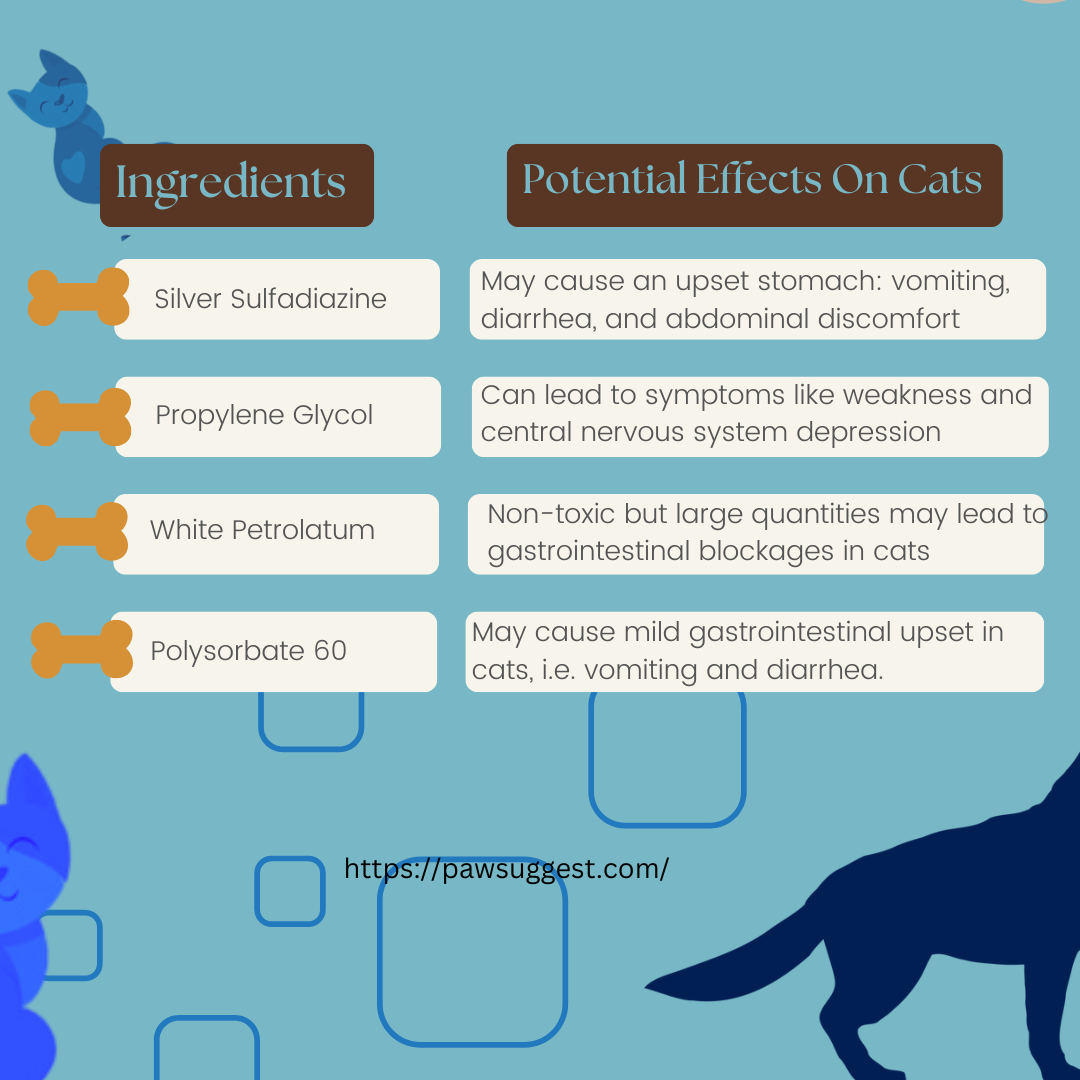
How to Prevent Your Cat From Licking The Silver Sulfadiazine?
It’s imperative to stop your cat from licking silver sulfadiazine. It helps to protect them from any possible health hazards.
The following actions can be taken to reduce the risk your cat will come into contact with the cream and lick it:
1. Apply the Cream Carefully:
Make sure you apply silver sulfadiazine to your skin in a way that reduces the possibility of your cat coming into touch with it. Let the cream absorb completely after applying it evenly and thinly to your kitty.
2. Use a Protective Barrier:
If feasible, wrap or bandage the region where the silver sulfadiazine has been applied. This keeps the wound safe and forms a physical barrier that makes it less likely that your cat will lick the cream. This prevention tip also works when applying Vaseline on cats.
3. Supervise Your Cat:
Particularly if your cat is eager or willing to explore new things, keep an eye on them. Redirect their attention gently and prevent them from sniffing the area where you applied the cream.
4. Distraction Techniques:
To make your cat busy and distracted, give them different toys or activities to engage in. Cats can be distracted from the cream by playing with you. Try giving them interactive toys or using puzzle feeders.
5. Restrict Access:
If required, stay with your cat inside a different room or part of the house so they can’t get to the cream. This might be especially crucial in the early phases of wound care.
6. Consult Your Veterinarian:
See your veterinarian for advice if you are worried about your cat licking silver sulfadiazine or are not sure how to stop it. Personalised recommendations based on your cat’s behaviour and health requirements can be given by them.
Frequently Asked Questions (FAQS)
● What should I do if I catch my cat licking silver sulfadiazine?
First, remove the cream from your cat’s fur to stop additional intake. After that, see any indications of distress in your feline. If any, seek advice from your veterinarian.
● Is silver sulfadiazine toxic to cats?
Although there isn’t much information on silver sulfadiazine’s toxicity in cats, ingesting it can cause digestive distress. If at all possible, keep your cat away from it.
● Can I use silver sulfadiazine on my cat’s wounds?
Without consulting a veterinarian, using silver sulfadiazine on cats is not advised. There are safer alternatives to this therapy available for use with cats.
Final Takeaway
Responsible pet owners must understand the possible dangers of their cat’s curiosity. Even though silver sulfadiazine can benefit humans, keeping medication out of your pets’ reach is advisable.
Do not hesitate to seek veterinarian advice if your cat has consumed any other potentially dangerous substance.
By taking preventative action, you can contribute to the safety and well-being of your cherished feline buddy.
Hope this article helps you answer What if my cat licks silver sulfadiazine!




